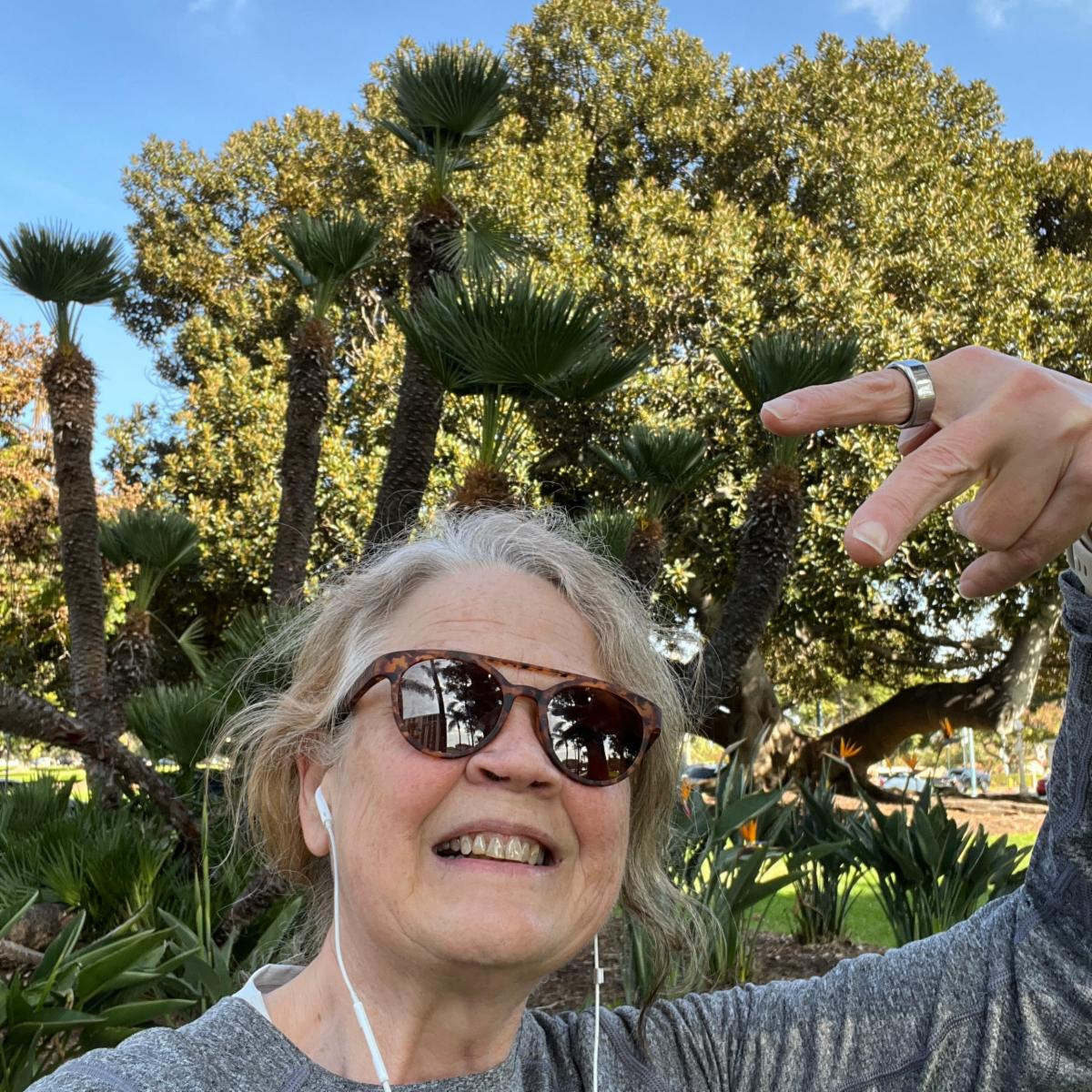A Formula for Being Active, and It’s Not What You’d Think!
Welcome to 2025: New Year, New Movement and Strength Goals!
As the year begins, you’ve probably seen plenty of exercise tips about what to do, how much, and how often.
Let’s skip all that.
Instead, I want to focus on topics that don’t often get enough attention — insights to help you move better, feel stronger, and achieve your goals by removing the pain or frustration. Why? Because when you have pain or frustration with moving you’ll be less inclined to be active.
To help you with being active, you can look forward to more about the following topics in newsletters this year:
- Why being active might feel harder than it should
- The surprising truth about balance and common myths
- How medical events, injuries, and accidents can derail movement — and how to bounce back
- Why kids aren’t always as balanced and coordinated as we assume
What Are Your Movement Goals for the Year?
Have you set any activity-related goals for 2025?
I often find myself encouraging friends and clients to start small, but stay consistent — even just 20 minutes of daily movement is a fantastic place to begin.
This year, I’m upping my own game. I’ve set two big goals:
- Running a half marathon in October.
- Tackling a vacation filled with 10–15 miles of walking per day!
I’ll share updates along the way about my training plan and progress — and I’d love to hear your goals, too. Need help setting them? Drop me a question or share your plans here.
Cara’s Healthy Movement Formula
To guide our newsletter discussions this year, I’ve created a simple formula to help explain what it takes to move well and stay active:
Physical Activity = Strength + Balance – Pain – Anxiety
While mainstream advice focuses on longevity, health, and activity, I want to dig deeper into the elements that make movement sustainable, enjoyable, and safe:
- Less pain
- Better balance
- Reduced anxiety
Pain, balance, and anxiety are generally the result of the micromovement disrupters. These are also the areas Bridging® can uniquely help. The most common disrupters include:
- Injuries and accidents
- Medical procedures and treatments
- Severe or systemic illness
- Developmental trauma
Let’s face it: we’re all just one ‘banana peel’ away from having a struggle with movement!
Bringing Science to the Conversation
This year, I’ll also be adding insights into how your body’s structure and physics play a role in movement and strength. The Bridging® Technique is grounded in physics principles to reset and optimize the micromovements of your body.
Don’t worry — no complicated math or formulas are required! I simply find the physics of the body fascinating, and I think you will, too.
A Quick Note About My Background
To provide you with this unique perspective of movement and physics I combine my background and expertise including:
a Bachelor’s degree in power systems engineering
a Master’s degree focused in systems optimization
certifications in Personal Training and Medical Exercise
continuing education in functional movement, movement development, balance, and active aging.
Ready to Tackle Your Goals? Bridging® Can Help!
If nagging pain, stiffness, balance issues, or anxiety are holding you back from starting your movement goals, Bridging® is here to help.
Our gentle, long-lasting muscle resets can give you the confidence to build new habits and move forward.
Let’s get you started — schedule your session today!
Here’s to Staying Strong in 2025!
Make this the year you move with confidence and strength. The Bridging® team is here to support you every step of the way.

